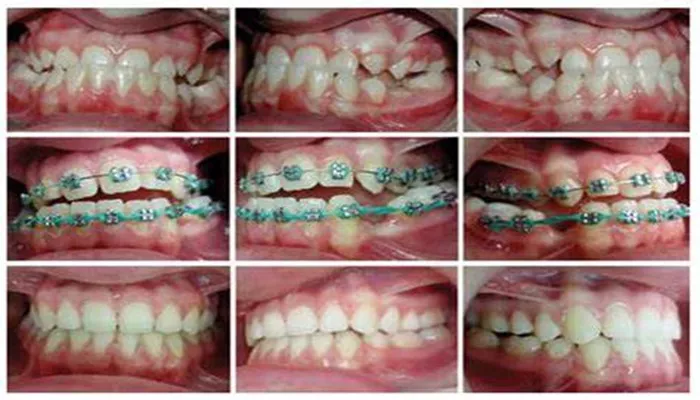Orthodontic treatment aims to align teeth properly, improve bite function, and enhance overall oral health. Correction wires, commonly referred to as archwires, are integral components of braces that exert pressure on teeth to guide them into their optimal positions. This article will delve into the methods of straightening teeth correction wires, explaining the mechanics behind their function, the types of wires used, and the step-by-step process involved in adjusting them for effective orthodontic treatment.
What Is Correction Wires?
Correction wires are thin metal wires that connect brackets affixed to each tooth. These wires are designed to exert controlled pressure on the teeth, facilitating their movement over time. The primary goal is to create a straight and functional smile while addressing various dental issues such as overcrowding, gaps, and misalignment.
Types of Correction Wires
Stainless Steel Wires: These are the most common type used in traditional braces due to their strength and durability.
Nickel-Titanium Wires: Known for their flexibility and ability to return to their original shape, these wires are often used in the initial stages of treatment.
Beta-Titanium Wires: These offer a balance between flexibility and strength, making them suitable for various treatment phases.
Each type of wire has unique properties that make it suitable for specific stages of orthodontic treatment.
The Process of Straightening Teeth Correction Wires
Initial Assessment
Before any adjustments are made, orthodontists conduct a thorough assessment of the patient’s dental condition. This includes:
X-rays: To visualize tooth positions and root structures.
Photographs: To document the initial state of teeth.
Dental Impressions: To create models for precise planning.
see also: Which Type of Scaler Is Useful When Removing Orthodontic Cement
Step 1: Selecting the Correct Wire
Based on the assessment, the orthodontist selects an appropriate wire type for the patient’s current stage in treatment. For instance:
In the early stages, a more flexible wire may be used to initiate tooth movement.
As treatment progresses, thicker and stiffer wires may be introduced to achieve precise alignment.
Step 2: Adjusting Brackets and Wires
During regular appointments (typically every four to six weeks), adjustments are made:
Removing Old Wires: The existing archwire is carefully removed from the brackets.
Cleaning Brackets: The brackets are cleaned to ensure optimal adhesion for new wires.
Inserting New Wires: A new wire is inserted into the brackets. This wire is often pre-bent to reflect the desired final alignment of teeth.
Step 3: Applying Ligatures
Ligatures, or elastic bands, are used to hold the wire in place within each bracket. They come in various colors and can be changed during each visit:
Light Force Application: The ligatures exert a gentle force that helps maintain tension on the wire.
Regular Replacement: Ligatures should be replaced regularly as they can lose their elasticity over time.
Step 4: Monitoring Progress
After adjustments, patients are monitored closely:
Follow-Up Appointments: Regular visits allow orthodontists to assess progress and make necessary adjustments.
Patient Feedback: Patients report any discomfort or issues with wire positioning or bracket integrity.
Step 5: Final Adjustments
As treatment nears completion:
Thicker Wires: Orthodontists may switch to thicker wires that provide greater force for final adjustments.
Detailing Phase: This phase focuses on fine-tuning tooth positions for optimal aesthetics and function.
Importance of Wire Adjustment Techniques
Proper adjustment techniques are essential for effective orthodontic treatment:
Controlled Force Application: Ensures teeth move at a safe rate, minimizing discomfort.
Correct Alignment: Regular adjustments help achieve precise alignment according to treatment goals.
Patient Comfort: Well-adjusted wires reduce irritation and enhance overall comfort during treatment.
Conclusion
Straightening teeth correction wires is a meticulous process that requires expertise and attention to detail. By understanding how these wires function within braces, patients can appreciate the complexity of orthodontic treatment.
Regular adjustments not only facilitate effective tooth movement but also ensure patient comfort throughout the journey toward achieving a beautiful smile. With advancements in materials and techniques, orthodontists can provide tailored solutions that meet individual needs, leading to successful outcomes in dental alignment.
In summary, effective management of correction wires involves careful selection based on treatment stages, regular monitoring and adjustments, and an understanding of patient comfort needs. This comprehensive approach ensures that patients achieve their desired results efficiently and comfortably.
Related topics:

